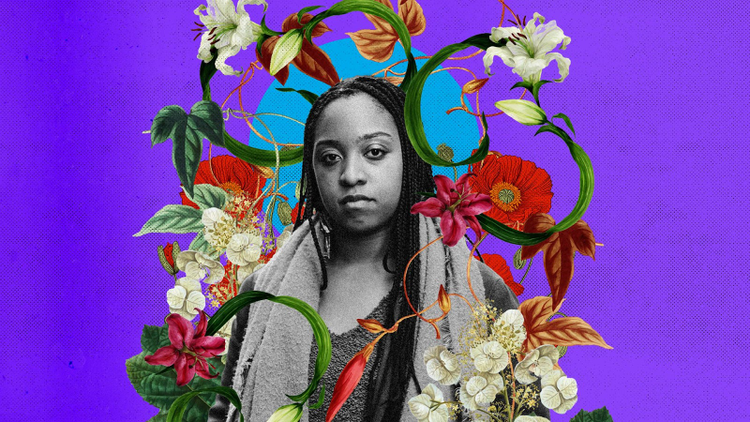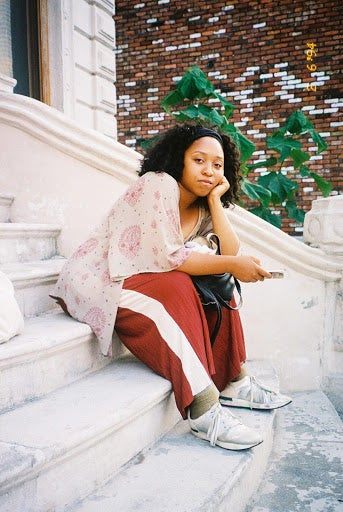Meet New Voices in Film: Zenzele Ojore
Meet Zenzele Ojore, a brilliant, multi-talented filmmaker, storyteller, and interdisciplinary artist whose award-winning short films have played at festivals including Sundance (Horizon Award) and SXSW.
Shot on 16mm interspersed with archival footage, her mesmerizing film, “The South is my Sister’s Skin”, is a poetic, coming of age piece seen through the lens of the American South, written and narrated by Zenzele herself. She is currently working on the feature length version of this film, as well as a short film set in Louisiana.
The South is My Sister’s Skin.
Adobe had the honor of getting a closer look at her story.
Could you tell us about your background?
I was born in Houston, Texas, and raised in the suburbs of Stone Mountain, Georgia, where tall stalks of sugarcane grew in my backyard. In summers as a kid, my family would travel to Opelousas, Louisiana, where my sister and I would spend hours looking inside crawfish holes behind my maternal grandparent’s trailer.
I received my BFA from the Rhode Island School of Design in 2018. During my time at RISD, I made a mixed media film about the melting glaciers in the Torres del Paine National Park with Adobe Students and also received a fellowship to make photo and video work in the Bwindi Impenetrable National Park.
I’m currently living in Brooklyn and attending the graduate film program at NYU’s Tisch School of the Arts as a dean fellow. I’m also a current 2021 Sundance Ignite x Adobe Fellow.
How did you get started in film?
I enrolled in the Savannah College of Art and Design’s pre-college program a couple of summers before I went to college. It was there that I made my first short film. The film was selected to screen at the SXSW Film Festival in 2013 with the Texas High School shorts program. While there, I was able to see an array of features and short films that truly moved me, including the music video Until the Quiet Comes by Kahlil Joseph. After attending the festival, my curiosity in filmmaking transformed into a desire to turn it into a career.







